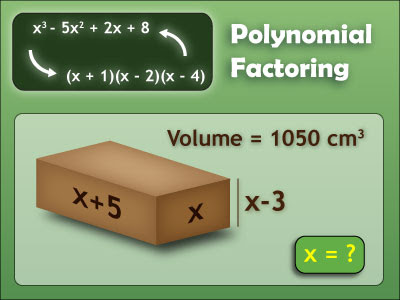Matrix is a rectangular array of numbers or functions which are called the elements or the entries of the matrix. The elements or entries are arranged in rows and columns in either () or [] brackets. The elements of a matrix are denoted by aij where ‘i’ is the row number and ‘j’ is the column number. We can only add or subtract two matrices if they both have same number of rows and columns.
Order of matrices: An order of the matrices is written as m X n where m is the number of rows and n is the number of columns in it. That means a matrix of order 2 X 2 can only be added to a matrix of order 2 X 2 and a matrix of order 3 X 3 can only be subtracted from a matrix of order 3 x 3.
Types of matrices
1. Column matrix: A matrix is said to be a column matrix if has only one column. For example: - a matrix of order 4 X 1 is said to be a column matrix as it has four rows but only one column. In general, a matrix of order m X 1 is considered as column matrix where m can be any real number.
2. Row matrix: A matrix is said to be row matrix if it has only one row. For example: - a matrix of order 1 X 4 is said to be a row matrix as it has four columns but only one row. In general, a matrix of order 1 X n is considered as row matrix where n can be any real number. A example of row matrix is [2 , 6, 11, 7].
3. Zero matrix: A matrix is said to be zero matrix if all its elements or entries are zero. It is also called a null matrix. For example: - [0], [0 0] are zero matrices. We denote zero matrix by O.
4. Square matrix: A matrix is said to be square matrix if its number of rows are equal to number of columns. Thus m X n is a square matrix if m = n and is known as a square matrix of order ‘n’.
5. Unit matrix: A matrix is said to be unit matrix if all its elements or entries are one. For example: -
[1], [1 1], [1 1 1] are all unit matrices.
